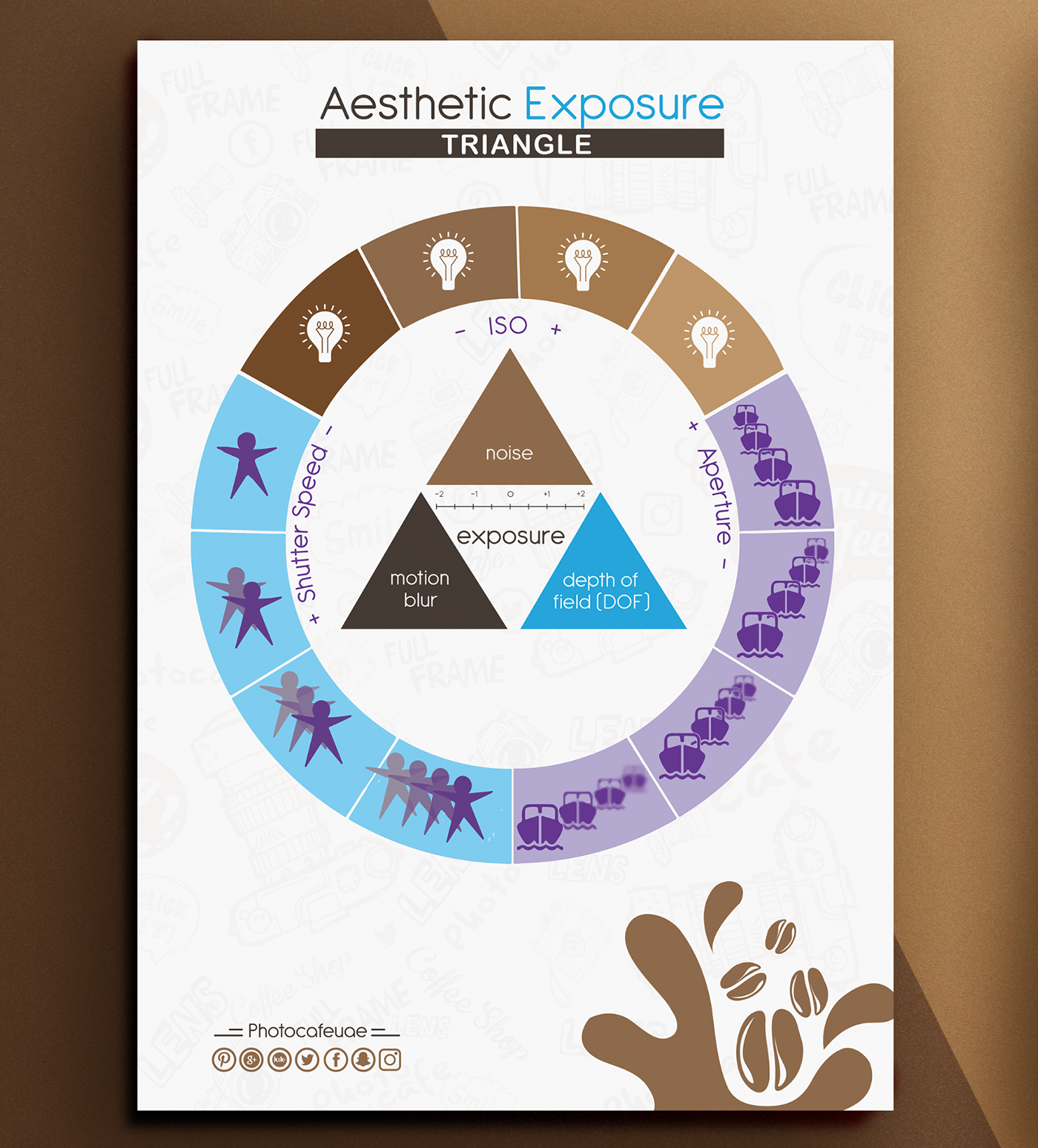Digital Photography Tips For Beginners: Grasping Your Cam In No Time At All
Digital Photography Tips For Beginners: Grasping Your Cam In No Time At All
Blog Article
Article Composed By-Tobin Monroe
When you initially get your camera, it can feel overwhelming with all the settings and choices readily available. You might find yourself questioning just how to browse aperture, shutter speed, and ISO effectively. Mastering these fundamentals is important, however there's more to digital photography than simply technical knowledge. Comprehending make-up strategies and lights problems can raise your images drastically. So, what if you could learn basic techniques to enhance your abilities and begin recording impressive images sooner than you assume? Let's explore exactly how to change your digital photography journey.
Recognizing Camera Settings
Understanding your electronic camera settings is crucial for recording sensational images. When you get your electronic camera, familiarize yourself with the 3 main settings: aperture, shutter speed, and ISO. Each plays an important role in just how your images end up.
Beginning with aperture, which manages the amount of light entering the lens. A broader aperture (lower f-number) allows a lot more light and produces a lovely history blur, perfect for pictures. Conversely, a narrower aperture (greater f-number) keeps even more of the scene in focus, perfect for landscapes.
Next off, concentrate on shutter rate. This setting establishes how much time your camera's sensor is subjected to light. A rapid shutter speed freezes movement, which is great for activity shots, while a slow-moving shutter rate can create spectacular results like smooth water in landscapes.
Lastly, change your ISO. This setting influences your camera's level of sensitivity to light. A higher ISO works in low-light circumstances however can present noise or grain. Go for the most affordable ISO possible while still accomplishing proper direct exposure.
Structure Strategies
When you're out capturing, composition can make all the difference in how your images resonate with viewers. Begin by using the guideline of thirds; imagine your structure split into 9 equivalent areas with two horizontal and two upright lines. Setting crucial elements along these lines or at their intersections to develop balance and passion.
Next, take into consideration leading lines. These all-natural lines in your scene, like roads or rivers, attract the viewer's eye right into the photograph, leading them via the story you're informing.
Don't forget framing; use aspects within your scene, like trees or home windows, to create a framework around your topic, adding deepness and focus.
Also, watch on your background. visit the up coming article can distract from your major topic, while an easy one assists it stand out.
Finally, experiment with balance and patterns; they can create a striking picture that catches focus.
Learning Lights Conditions
Understanding illumination problems is vital for catching sensational photos, as the best light can change a regular scene into something extraordinary.
Start by observing all-natural light at different times of the day. https://blogfreely.net/lyman92karissa/achieve-a-standout-photography-profile-by-grasping-unique-style-and-engaging and late afternoons offer the best light, called the gold hour. The soft, cozy tones throughout these times can improve your images magnificently.
Don't shy away from overcast days either; diffused light can decrease severe darkness and develop a pleasing result, specifically for pictures.
Experiment with backlighting by positioning your subject against the light source. This method can produce a wonderful halo impact and include deepness to your photos.
Pay attention to your camera settings also. Change the ISO, aperture, and shutter speed to match the lighting conditions. A higher ISO can help in reduced light, yet be cautious of grain.
Use a tripod in darker environments to stay clear of blur.
Finally, do not forget man-made lighting. Flash and continual lights can be excellent devices for controlling light in challenging conditions.
Final thought
To conclude, understanding your camera does not have to be frustrating. By understanding your setups, applying structure strategies, and using the power of natural light, you'll swiftly raise your photography skills. Remember, Executive portrait headshot makes best, so venture out there and try out your newfound understanding. With time and dedication, you'll be catching sensational pictures that mirror your unique viewpoint. Enjoy the trip, and do not neglect to have a good time while you're at it!
